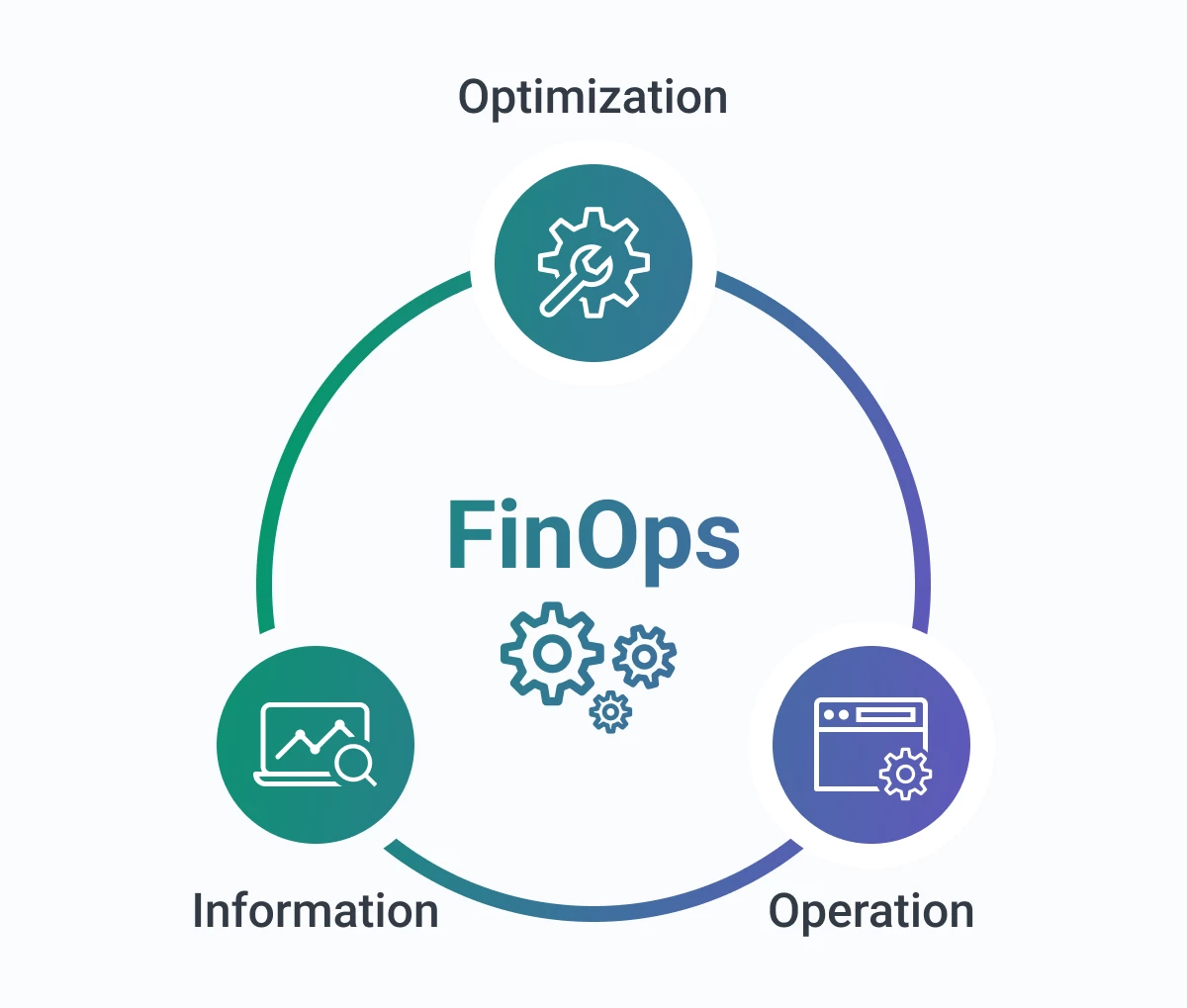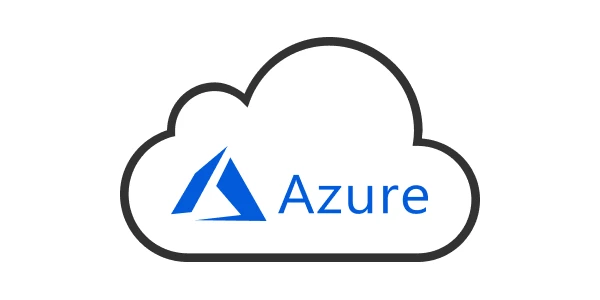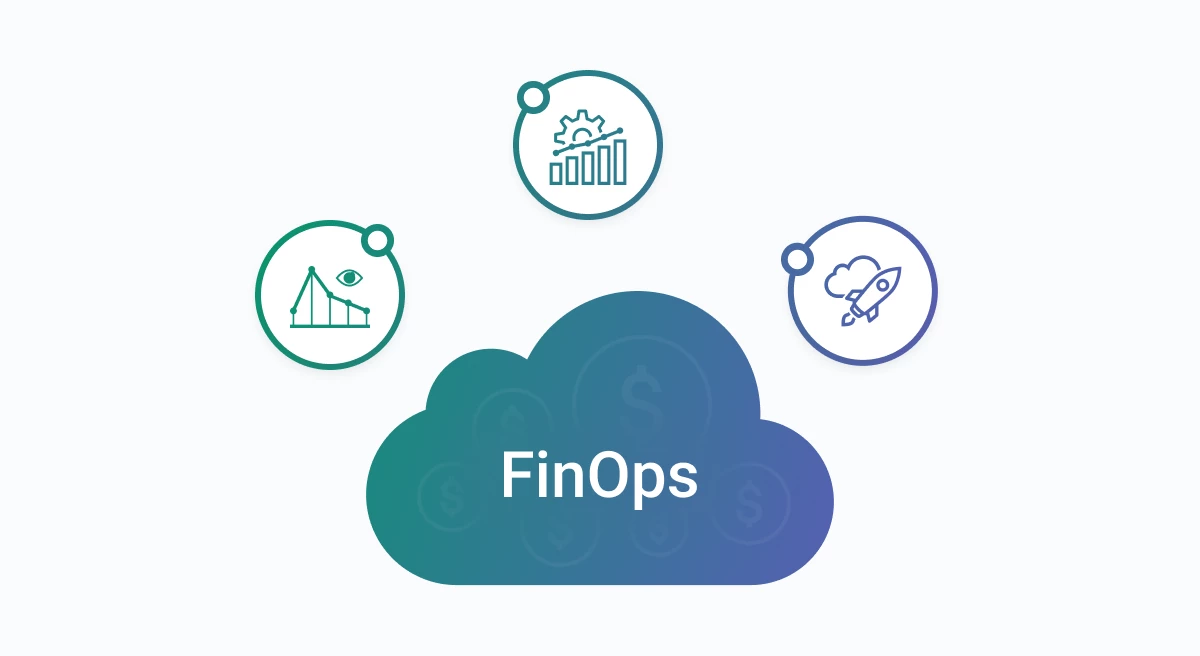In the ever-evolving landscape of technology, businesses are increasingly embracing cloud services to enhance agility, scalability, and overall operational efficiency.
Cloud computing platforms such as Amazon Web Services (AWS), Microsoft Azure, and Google Cloud Platform (GCP) offer many benefits, allowing organizations to scale their infrastructure dynamically and deploy applications with ease.
However, with the increasing adoption of cloud services, expenses related to cloud usage are on the rise for the majority of businesses. Consequently, there is a growing demand for a way to control and optimize the costs associated with cloud computing.

The demand for efficient cost management has led to the burgeoning practice of FinOps. FinOps, short for Financial Operations, is an emerging set of best practices that combines financial accountability with operational excellence in the cloud.
In this article, we will delve into the world of FinOps and explore why it is crucial for businesses to manage costs and budgets effectively across popular cloud platforms like AWS, Azure, and GCP.
The Growing Significance of FinOps
As organizations migrate their workloads to the cloud, the pay-as-you-go model becomes both a blessing and a potential challenge. While the flexibility to pay only for the resources consumed is advantageous, it also demands a strategic approach to cost control.
FinOps addresses this challenge by fostering collaboration between finance, operations, and engineering teams. It introduces a culture of accountability and transparency in managing cloud costs, ensuring that financial considerations are integrated into the decision-making process.

FinOps in Action: AWS, Azure, and GCP
Each cloud provider has its unique set of services, pricing models, and management tools. With each provider, FinOps practices must be tailored to their different requirements.
The implementation of FinOps is not a one-size-fits-all endeavor; instead, it requires careful customization to sync with the unique attributes and intricacies inherent to each cloud provider Let’s explore how FinOps principles apply to three of the leading cloud providers.

AWS (Amazon Web Services)
AWS provides a comprehensive suite of tools and services for FinOps practitioners. Services like AWS Cost Explorer, AWS Budgets, and AWS Trusted Advisor enable organizations to gain insights into their spending, set budget thresholds, and receive recommendations for cost optimization.
AWS also offers various pricing models, such as On-Demand, Reserved Instances, and Spot Instances, allowing users to choose the most cost-effective options based on their workloads.
We helped a client optimize their AWS infrastructure expenses by strategically analyzing and reducing costs without compromising security or functionality. To do this, we:
- Regularly assessed the necessity of databases and application servers, particularly during off-peak times, using performance metrics like CPU and memory usage.
- Optimized spending through load analysis and the implementation of an algorithm for resource conservation during low usage, we successfully optimized spending.
- Ensured efficient resource allocation through constant system load monitoring and autoscaling, by having a dedicated team member monitor AWS usage.
- Strategically subscribe to services, such as a three-year commitment with AWS, prioritizing cost-effectiveness while maintaining confidence in future usage.
The measures we implemented resulted in a nearly 40% reduction in the client’s AWS expenses, saving over $2,000 monthly or $25,000 annually.

Microsoft Azure
Azure’s FinOps capabilities revolve around services like Azure Cost Management and Azure Advisor. These tools provide cost tracking, budgeting, and recommendations for optimizing resources.
Azure’s Hybrid Benefit and Reserved Instances offer cost savings for customers with Windows Server licenses or specific software subscriptions.
FinOps practitioners on Azure benefit from a range of tools to implement the principles of FinOps effectively. Some of the methods to take advantage of Azure’s tools for cost savings include:
- Tag Your Azure Resources: Assign key-value pairs to categorize resources, facilitating easy tracking, management, and identification of underutilized resources.
- Shut Down Idle or Unused Resources: Utilize tools like Azure Advisor to identify and deactivate running but unused resources, preventing unnecessary costs.
- Remove Unused Resources: Delete obsolete resources, such as old VMs or redundant storage accounts, to achieve significant cost savings and prevent future wastage.
- Set Up VM Autoscaling: Implement autoscaling for virtual machines (VMs) to automatically adjust instances based on demand, ensuring optimal performance and cost efficiency.
- Identify and React to Cost Spikes: Regularly monitor Azure costs with tools like Azure Cost Management to detect trends, anomalies, and receive alerts for overspending.
- Use Azure Spot Virtual Machines (Spot VMs): Optimize costs with discounted Spot VMs for non-critical workloads, taking advantage of unused Azure capacity while considering potential interruptions.

Google Cloud Platform (GCP)
GCP’s FinOps tools include BigQuery for cost analysis, Budgets API for budget management, and Committed Use Discounts for cost savings. GCP’s sustained use discounts and preemptible instances offer flexible pricing options.
Some best practices for GCP cost optimization are:
1. Understand Billing and Cost Management:
- Utilize GCP’s free billing tools to understand and organize costs.
- Implement labels, quotas, budgets, and alerts for effective cost monitoring.
2. Optimize Compute Resources:
- Identify and deactivate idle VMs and disks using Recommenders.
- Automate VM start/stop schedules for cost savings.
- Rightsize VMs based on workload changes.
- Leverage affordable preemptible VMs for fault-tolerant workloads.
3. Optimize Cloud Storage:
- Assess storage classes based on data access frequency.
- Use lifecycle policies to automate storage adjustments.
- Minimize duplicate data through proper configuration.
4. Tune Data Warehouse Costs:
- Enforce controls with maximum bytes billed settings.
- Utilize partitioning and clustering for cost-effective queries.
- Evaluate the need for real-time data and switch to batch loading.
- Consider Flex Slots for predictable cost in high-volume scenarios.
5. Filter Network Traffic:
- Identify top spending services using Cloud Platform SKUs.
- Choose a network service tier based on performance needs.
- Optimize Cloud Logging by filtering unnecessary logs and enabling sampling.
How to Get Started on Cost Optimization
Embarking on cloud cost optimization? Start by implementing key practices like resource tagging and rightsizing.
Consider enlisting the guidance of an expert FinOps Consulting provider to streamline cloud expenses. This will allow you to fully benefit from customized expertise in identifying idle resources, optimizing storage, and efficient data warehouse configurations.

Final Word
In a cloud-centric era, where efficiency and cost-effectiveness are paramount, FinOps emerges as a vital discipline for businesses leveraging AWS, Azure, and GCP. Effectively managing costs and budgets in the cloud is not just a financial concern; it is a strategic imperative for long-term success.
As organizations continue to navigate the complexities of cloud computing, embracing the principles of FinOps ensures that they not only harness the power of the cloud but also do so in a financially responsible and operationally efficient manner.
































Discussion about this post